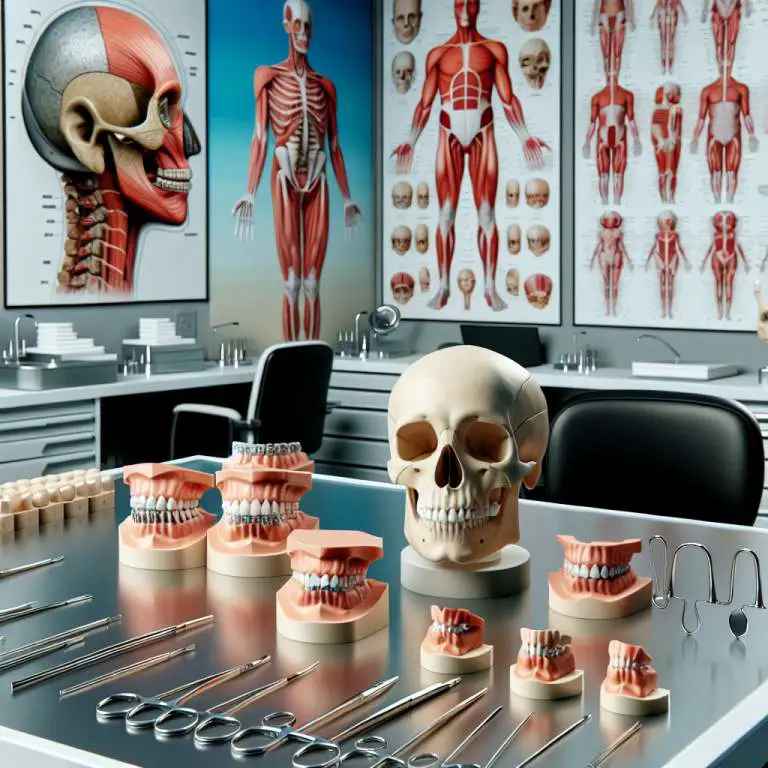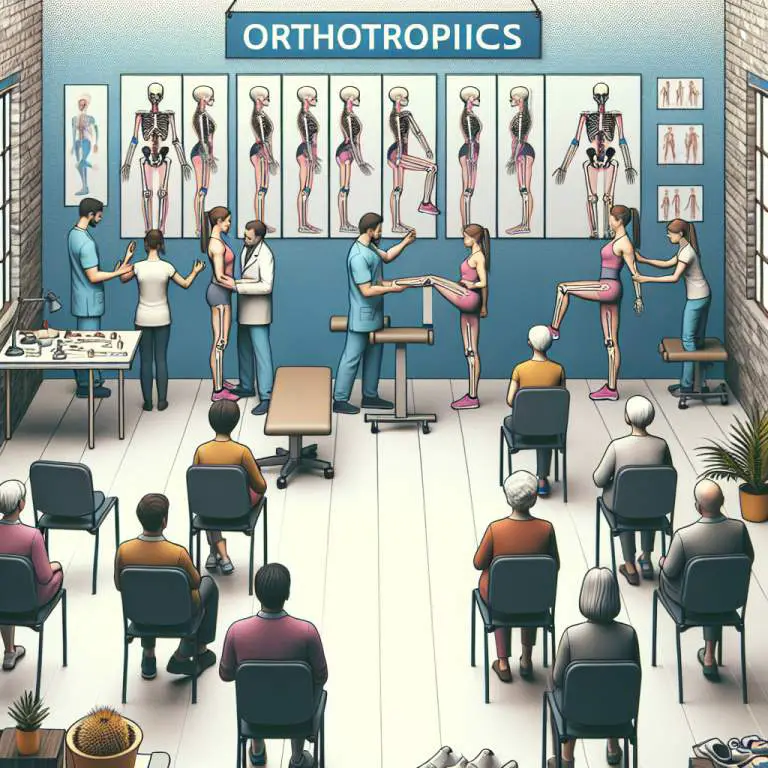What are the long-term benefits of consistent mewing?
Consistent mewing can lead to several long-term benefits, including improved jawline definition, better breathing, and enhanced facial symmetry. Over time, this practice can also help in reducing snoring and sleep apnea symptoms by promoting proper tongue posture. By sticking with mewing, individuals may notice a more balanced facial structure and an overall improvement in their oral health.

How does mewing affect facial structure over time?
Mewing is a technique that involves placing your tongue against the roof of your mouth. This position is held throughout the day to help change the way your face looks over time. People who try mewing believe it can make their facial features more defined.
When you keep doing mewing, it might help your jawline and cheekbones look sharper. This happens because mewing could change how your facial muscles work and grow. It’s like giving these muscles a workout by keeping them in a certain position.
What are the potential benefits of mewing for jawline definition?
Mewing can make the jawline look stronger and more defined. Many people want a sharp jawline because they think it makes them look better. By practicing mewing, some say their faces have changed shape slightly, showing off their jawline more clearly.
This technique might also help tighten the skin around the neck and chin area. When you use your tongue and mouth muscles in this new way, it could lead to less saggy skin under your chin. So, not only does your jawline get more defined, but your whole lower face might look firmer.
Can mewing improve breathing and if so, how?
Mewing could make breathing easier for some people. This is because when you place your tongue on the roof of your mouth correctly, it opens up space in your airway. A bigger airway means air can move in and out of your lungs more smoothly.
Better breathing from mewing might also come from having a better posture while doing it. When you’re focused on keeping your tongue in the right spot, you’re likely also thinking about sitting or standing straighter. Good posture helps open up the chest area, making breathing easier too.
Does mewing have an impact on sleep quality and snoring?
Some folks find that after they start mewing, they sleep better at night. This could be because their breathing has improved, as mentioned earlier. When you breathe better, you’re less likely to wake up during the night feeling like you can’t catch your breath.
Also, people who snore might notice they do it less with regular mewing practice. Snoring often happens when there’s not enough room for air to flow freely through the throat while sleeping. Since mewing can help open up those airways, it makes sense that snoring could decrease as well.
| Timeframe | Advantages |
|---|---|
| 1-3 Months | Improved posture, initial jawline definition, better breathing patterns. |
| 4-6 Months | Enhanced facial symmetry, further jawline definition, reduction in snoring. |
| 7-12 Months | Noticeable changes in facial structure, improved bite alignment, continued improvement in breathing. |
| 1+ Years | Sustained improvements in facial aesthetics and function, potential for maxillary expansion, long-term enhancement of oral health. |
Is there a connection between mewing and improved posture?
Mewing, which involves proper tongue placement on the roof of the mouth, is believed to have a positive effect on posture. When the tongue is correctly positioned, it naturally aligns the head and neck over the spine. This alignment can lead to better overall posture.
Improved posture from mewing isn’t just about standing taller. It also helps reduce strain on muscles and ligaments around the neck and shoulders. People who practice mewing may find they experience less back and neck pain as their body alignment improves.
How does age affect the results of mewing?
The age at which someone starts mewing can influence how noticeable the results are. Younger individuals, whose bones are still growing, might see more significant changes in facial structure compared to older adults. This is because their facial bones are more malleable and responsive to changes in muscle use.
However, that doesn’t mean older individuals won’t see any benefits from mewing. While changes in bone structure might be less dramatic, improvements in muscle tone around the jawline and better posture can still be achieved at any age with consistent practice.
What are the challenges and considerations for maintaining consistent mewing practice?
Maintaining a consistent mewing practice can be challenging due to old habits of tongue placement. Many people find it difficult at first to keep their tongue on the roof of their mouth throughout the day. It requires mindfulness and dedication to change this habitual action.
Another consideration is ensuring that one is practicing mewing correctly. Incorrect technique could potentially lead to discomfort or minimal results. Seeking advice from professionals familiar with orthotropics or watching instructional videos can help ensure that one’s technique is correct.
Final Thoughts
Mewing has gained attention for its potential benefits in improving facial structure, posture, and even breathing patterns. While results can vary based on factors like age and consistency of practice, many find value in incorporating this technique into their daily routine.
As with any new practice, it’s important to approach mewing with realistic expectations and patience. Over time, with consistent effort, individuals may notice positive changes not only in their appearance but also in their overall well-being.







